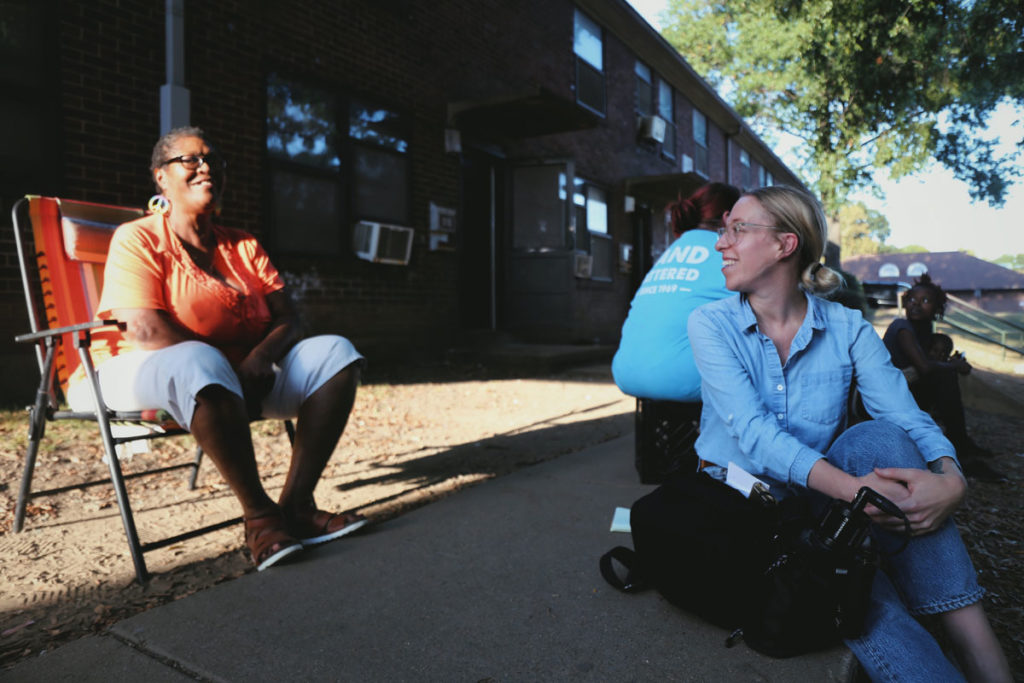
Reporter Meribah Knight and Vernell McHenry talk outside her apartment in the James Cayce homes. Most warm days, Vernell likes to sit on her stoop and greet the neighborhood from a metal folding beach chair.
Click on any image to enlarge.

When James Cayce was built in 1941, it was for white families only. But by the early 1970’s, due to discriminatory lending practices that allowed whites to purchase single family homes and move out of low income housing, Cayce’s residents went from all white to mostly black. Credit: Courtesy of MDHA 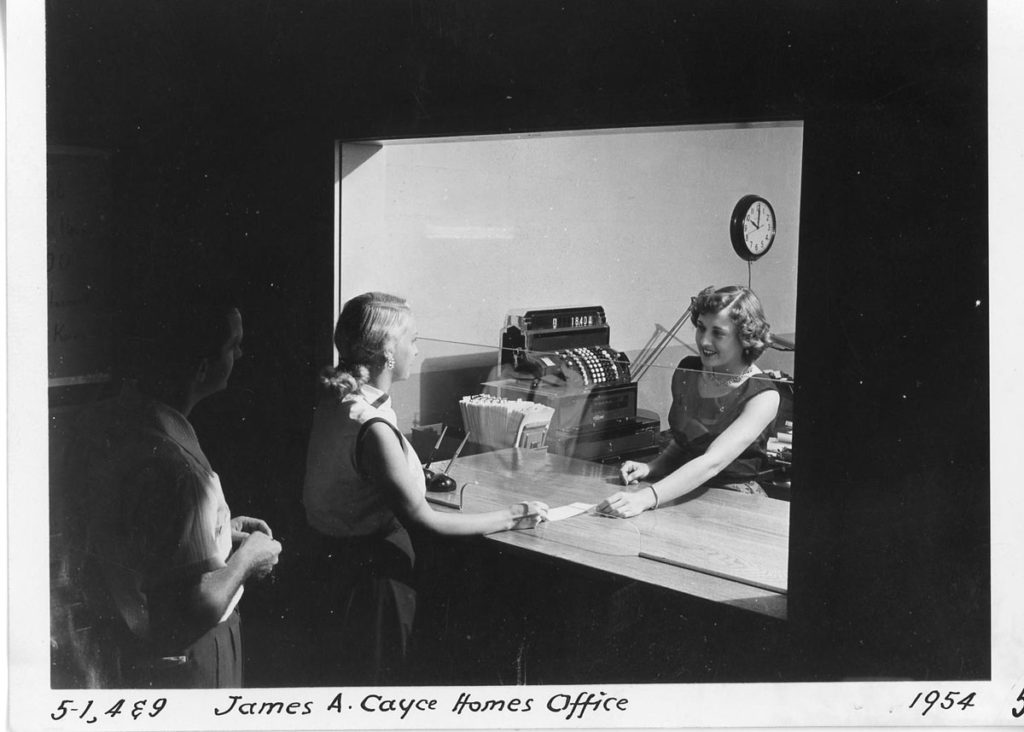
Cayce’s property management office in 1954. Credit: Courtesy of MDHA 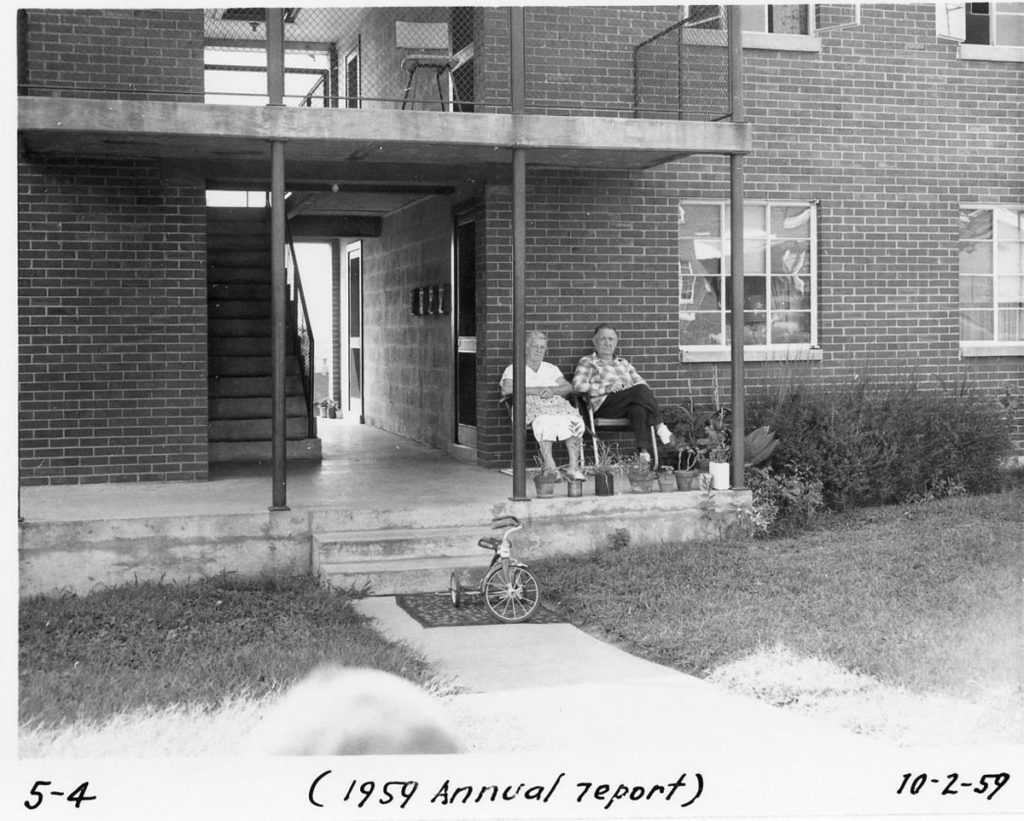
Cayce’s apartments have seen no major renovations since they were built in the 40s and early 50s. And on the outside they are virtually unchanged. Credit: Courtesy of MDHA 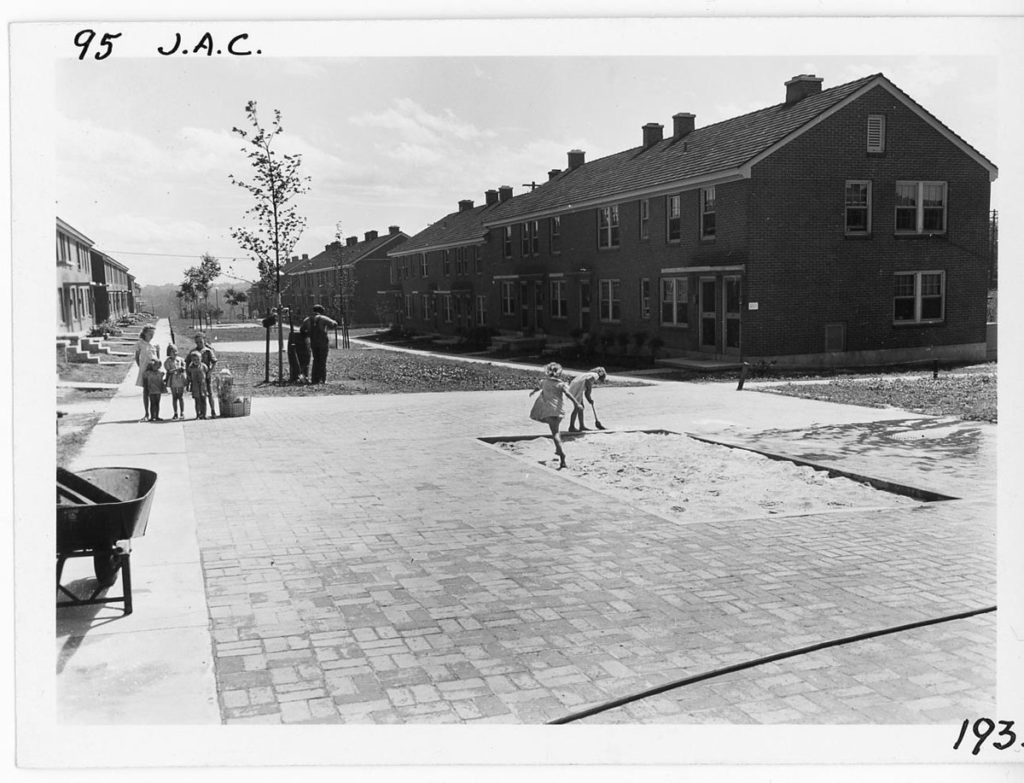
When Cayce was first built, in 1941, it was supposed to be a springboard to the middle class. But soon, government investment waned and the buildings fell into decay. Credit: Courtesy of MDHA 
When Cayce was first built, it was for 386 white families. Today, it’s home to more than 700 mostly African American families. Credit: Courtesy of MDHA 
In the early days of James Cayce, the country was in the midst of a World War. Inside the project there were baby clinics and day nurseries for mothers working for the war effort. Credit: Courtesy of MDHA 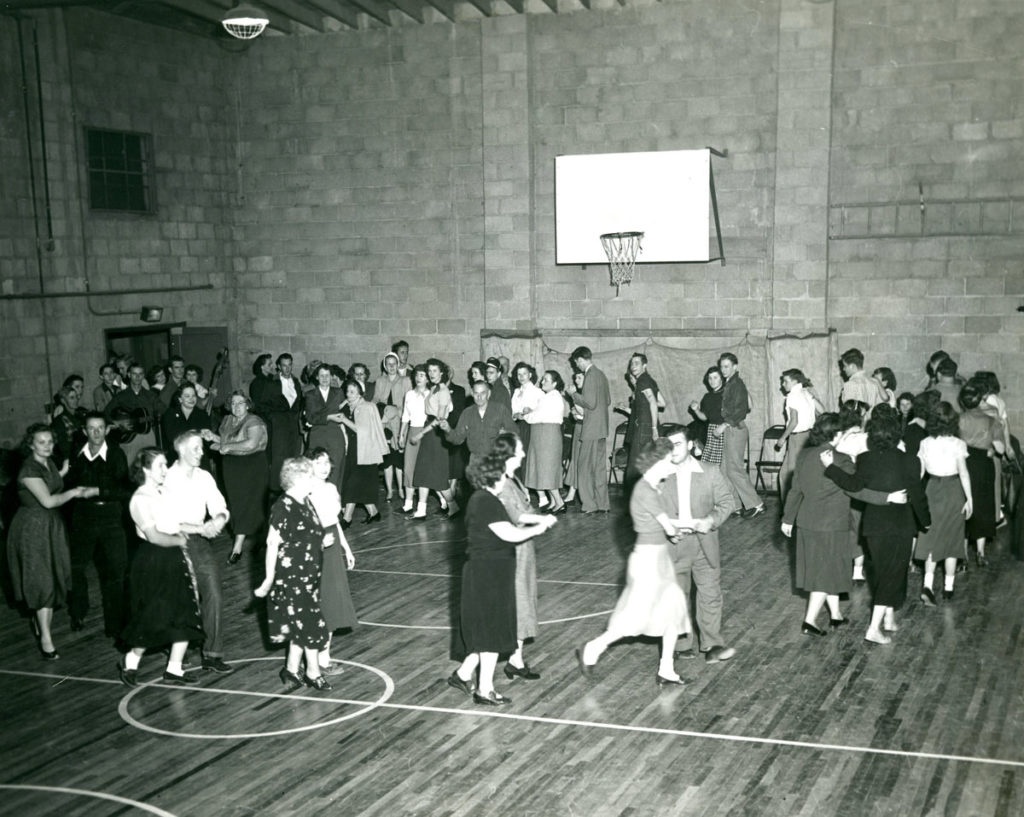
Cayce had social clubs for seniors, which held regular square dances at the Martha O’Bryan community center in the complex. Credit: Courtesy of MDHA 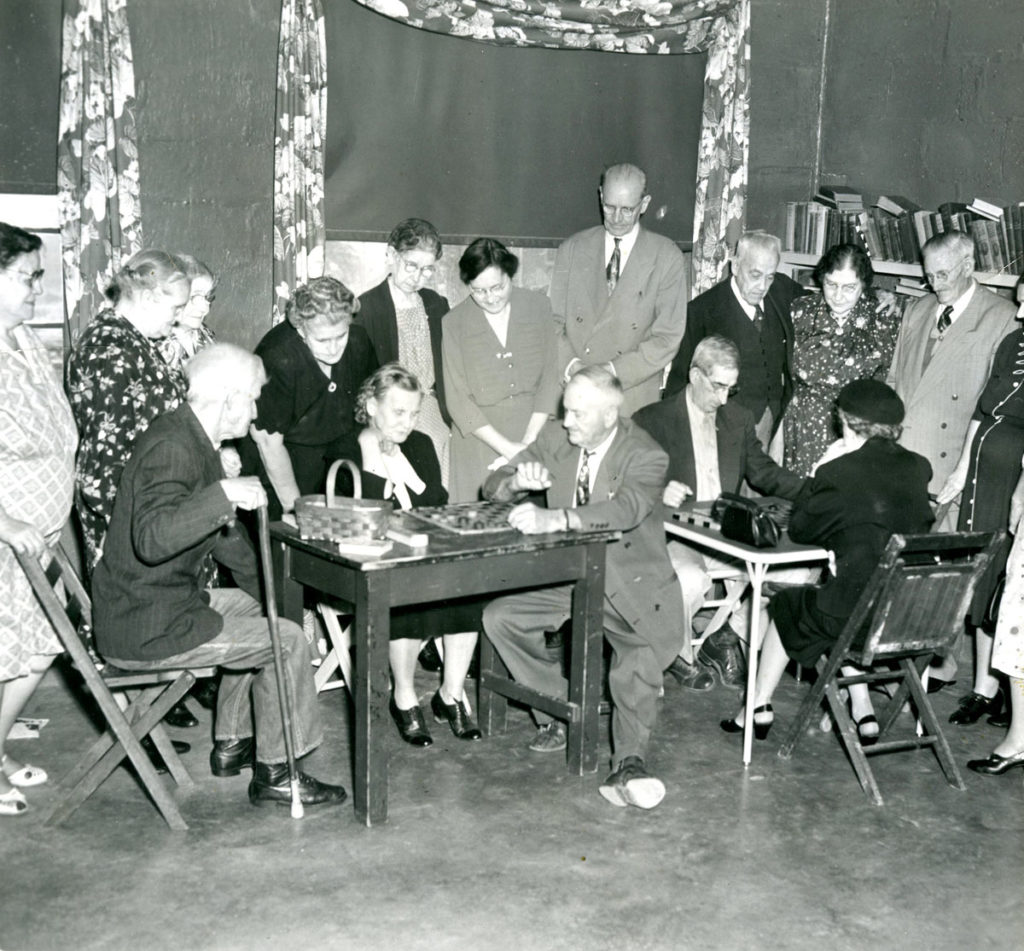
A senior social club at Cayce plays a tense game of checkers. Credit: Courtesy of MDHA 
An early rendering of the James Cayce homes, which was initially called Boscobel Heights. It was renamed Cayce when the Commissioner of the Nashville Housing Authority, James A. Cayce, passed away while the complex was under construction. Credit: Courtesy of MDHA 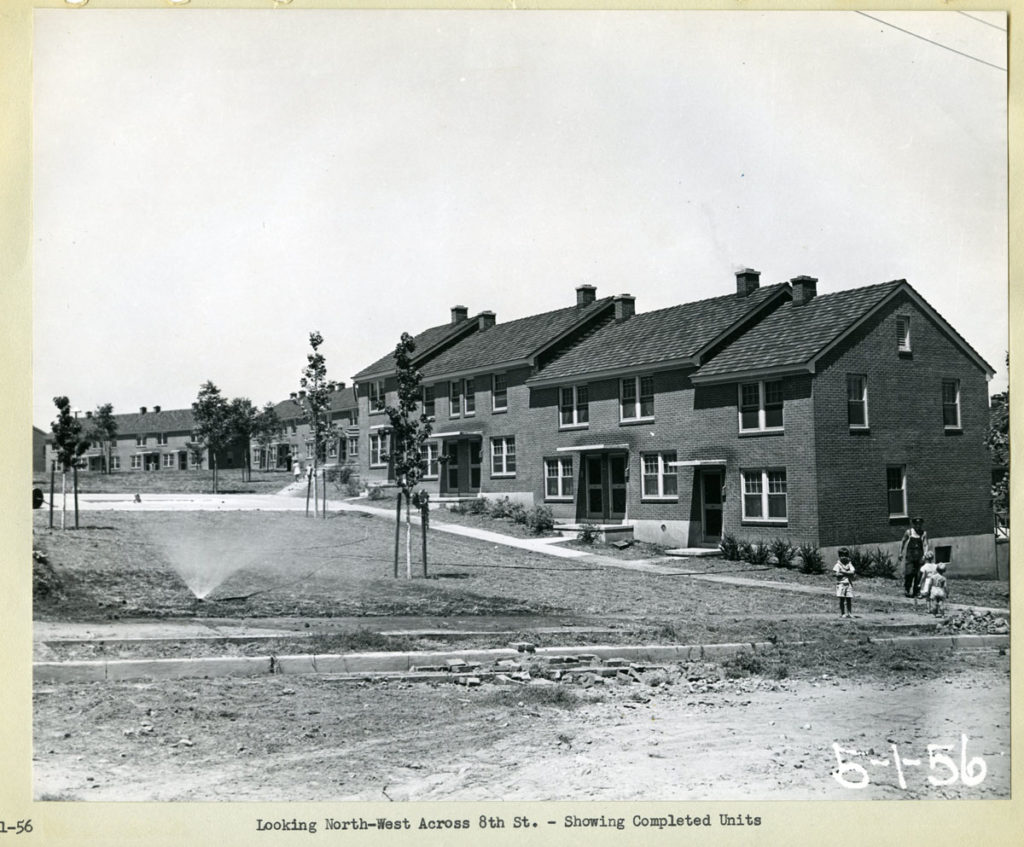
Looking north across South 8th Street in Cayce in 1956. Credit: Courtesy of MDHA 
A couple of kids play on a set of wire clotheslines in the James Cayce homes. Credit: Joe Buglewicz 
A group of young kids play outside their apartments in the James Cayce homes. Credit: Joe Buglewicz 
Late afternoon light on apartments in the James Cayce homes. Credit: Joe Buglewicz 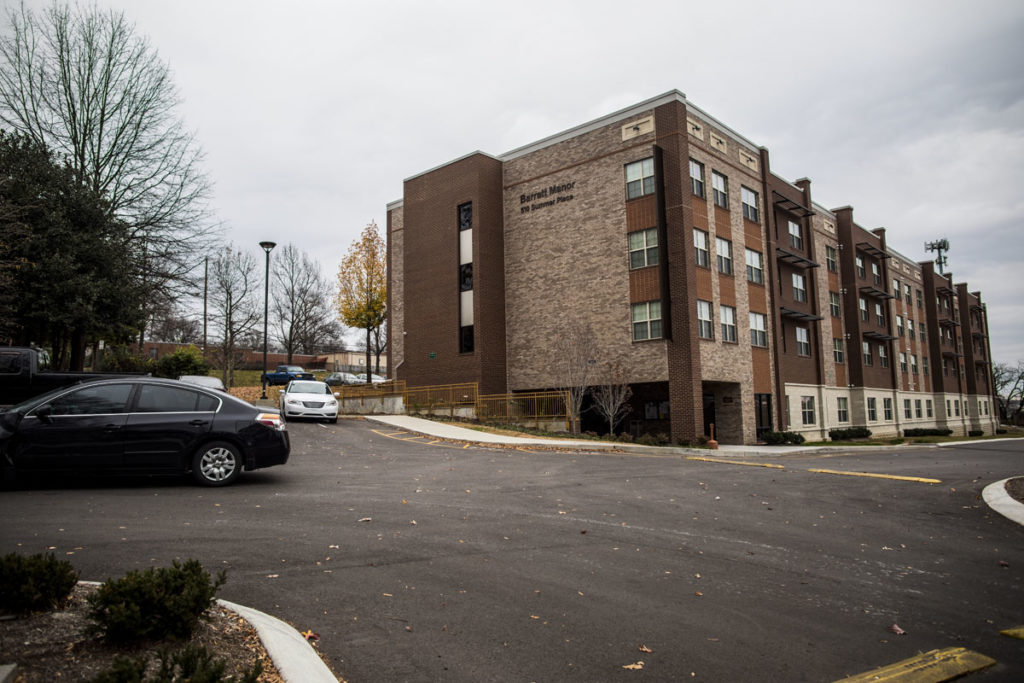
Barrett Manor is the first new building at Cayce since the 1950s, and it signals the many changes to come. Photo: Joe Buglewicz 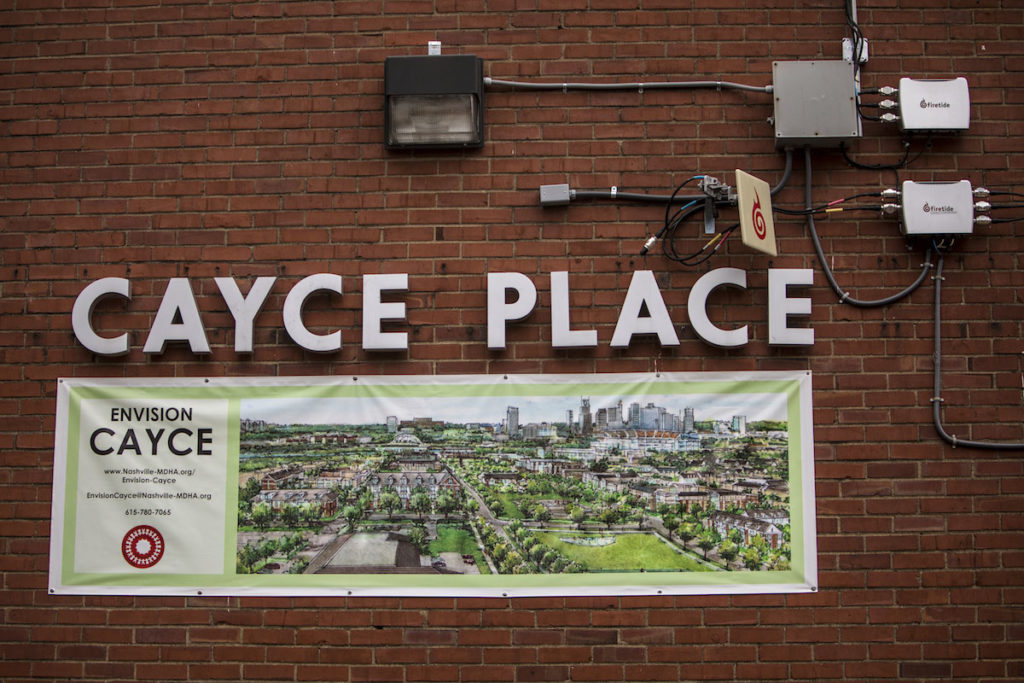
East Nashville’s James Cayce Homes is about to get the overhaul of a lifetime. Photo: Joe Buglewicz 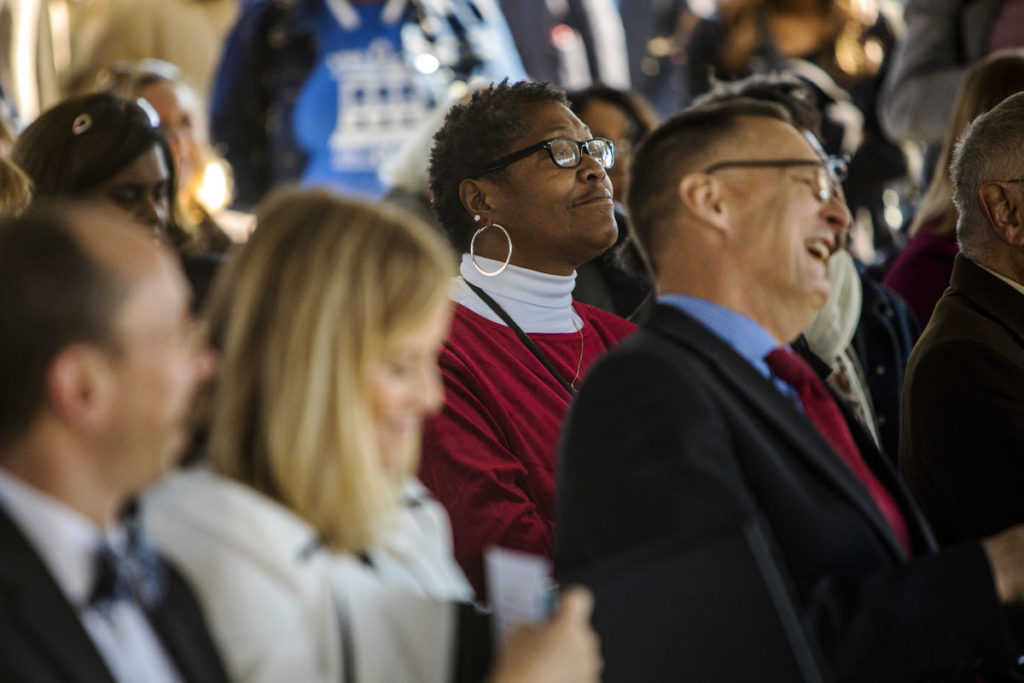
Vernell McHenry, center, is looking forward to the Cayce Homes’ redevelopment, but she worries she may lose her social life in the process. Photo: Joe Buglewicz 
The city is about to embark on a more than $600 million renovation of Cayce. It will tear down every unit of public housing and rebuild the complex as mixed income. When Vernell heard about the plans, she worried she and her neighbors would be pushed out of Cayce. The city has promised that won’t happen. Credit: Joe Buglewicz 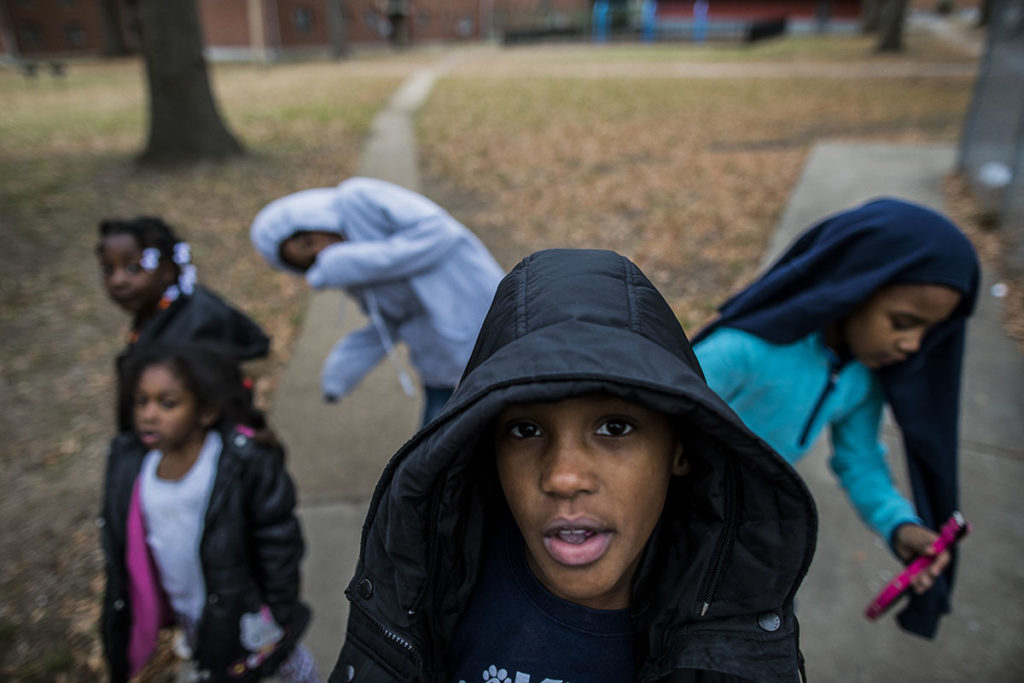
The majority of Cayce residents are young people. Photo: Joe Buglewicz 
Dexter Turner, aka Big Man. Credit: Joe Buglewicz 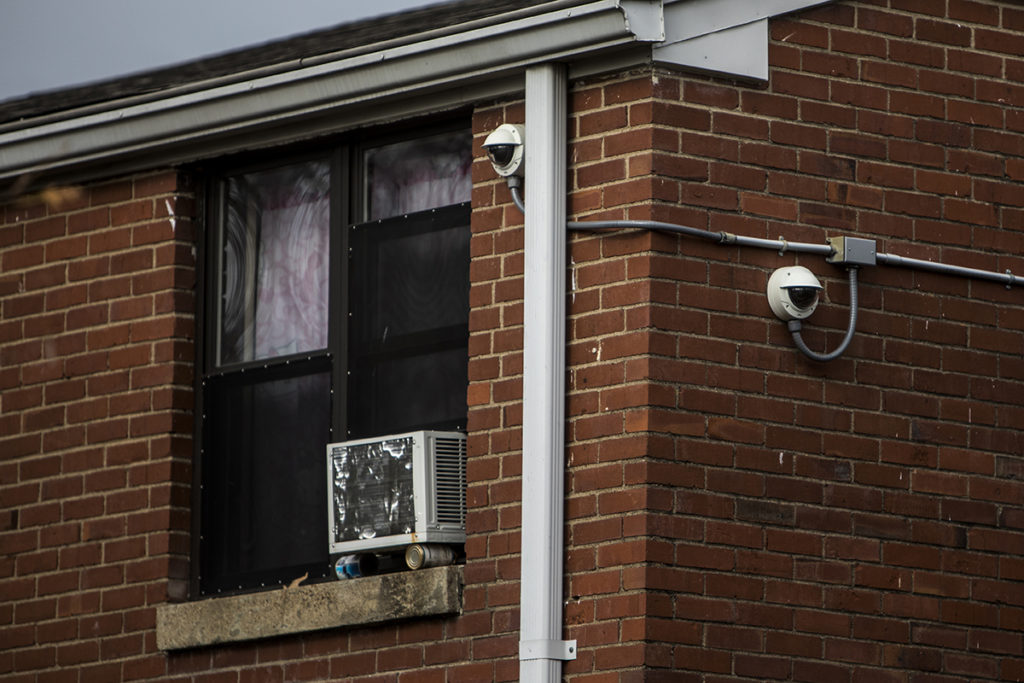
There are more than 200 cameras scattered around James Cayce. Most are tucked up high in the corners of buildings. Police say they’ve been crucial to solving crimes. But residents wish they’d do more to deter the behavior. Photo by Joe Buglewicz 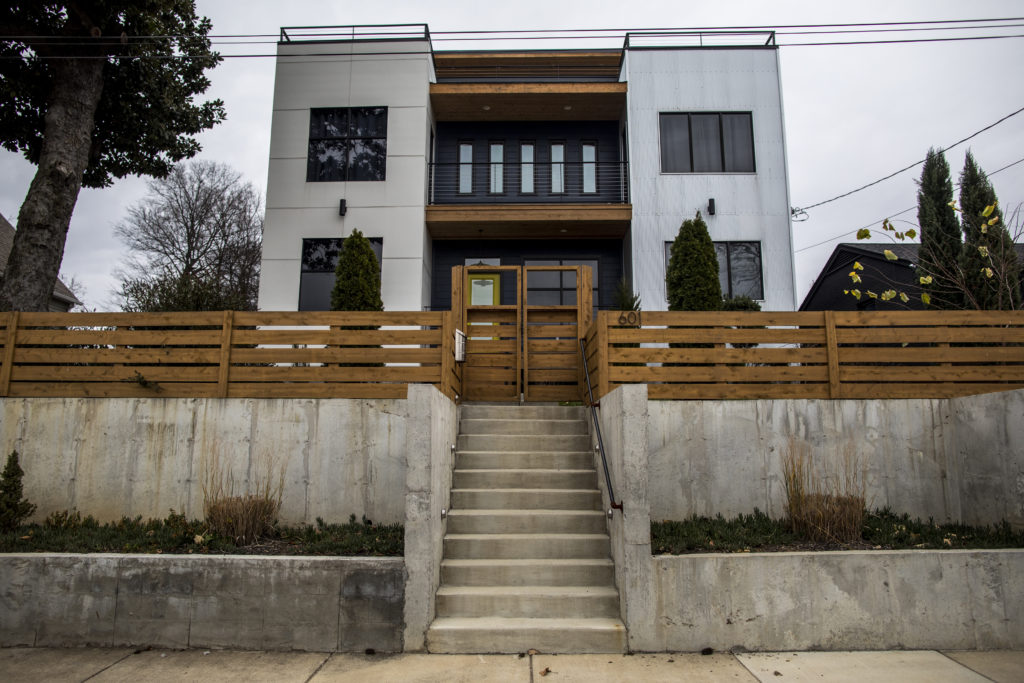
Wolfgang Blair and Stephanie Jackson lived in an ultramodern house one block over from Big Man. It was in such stark contrast to Cayce, he assumed they’d likely call the cops if he went asking for a cup of sugar. Little did he know, they were eager to know their new neighbors. Photo by Joe Buglewicz 
The separation between Cayce and the rest of the neighborhood is evident. And not just racially and economically. In some ways it’s by design. There are fences inside and outside. Cross streets in Cayce dead end, or loop back onto each other. A big knot of streets and buildings. Photo by Joe Buglewicz


